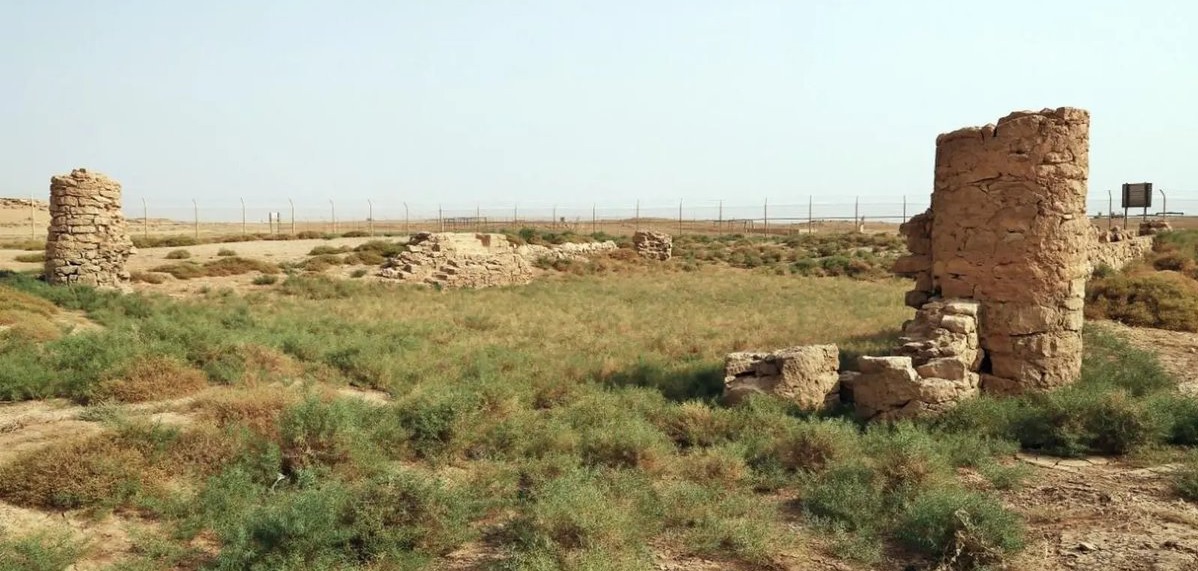ISLAMABAD, Jun 10 (APP):The Arabian Peninsula boasts a rich tapestry of history, and the Zubaida Trail is a vibrant thread woven into its fabric.
This ancient pilgrimage
route, echoing through time, served not only as a path for rel
igious journeys but also as a vital artery for trade and cultural exchange.
Renowned for its efficiency, the Zubaida Trail was the shortest
route between Kufa and Makkah. Its meticulously planned path featured designated stations and rest areas, offering weary pilgrims respite from the harsh desert sun. In sandy stretches, the trail was paved with stones, testament to thoughtful engineering of the trail.
Scattered along the Zubaida Trail are the silent sentinels of history: archaeological sites and structures. Wells, pools, dams, palaces, and mosques are testament to a bygone era, each landmark whispering tales of the past.
Travelers on the Zubaida Trail were not left to wander blindly. Geographers and explorers, like Lady Anne Blunt in her book “A Pilgrimage to Najd”, documented the trail’s importance.
Tour guide Khalaf Al-Ghofaily sheds light on the stone markers and beacons that served a
s a navigational system. These strategically placed structures, some square and some circular, spaced approximately 24 kilometers apart, guided travelers throughout their journey.
Abdulrahman Al-Tuwaijri, a researcher in archaeology and history, e
mphasizes the sophisticated signage on the trail. Beacons, stone piles, and milestones not only marked the
route but also facilitated navigation, during both day and night. Convergence points at junctions prevented travelers from losing their way, while placement on hills and natural elevations ensured clear visibility.
